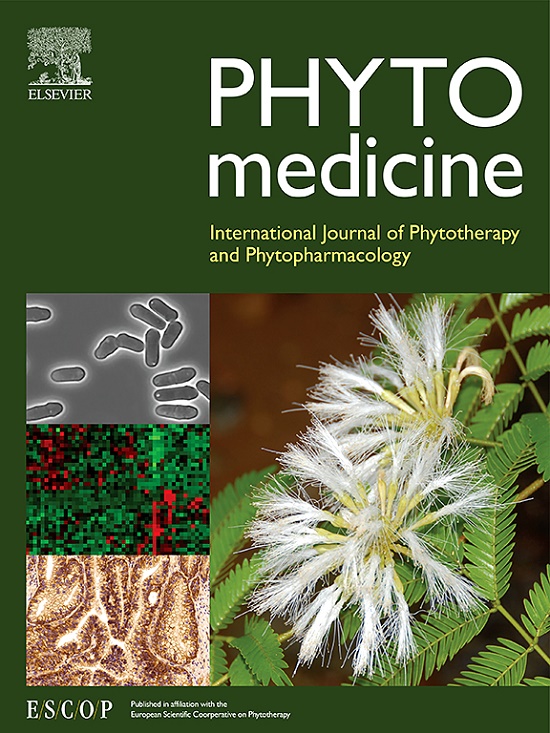Integrating untargeted/targeted metabolomics and network pharmacology association analysis to study the mechanism of safflower regulating C18:0 sphingolipid metabolism to treat acute myocardial ischemia
IF 6.7
1区 医学
Q1 CHEMISTRY, MEDICINAL
引用次数: 0
Abstract
Background
Safflower extract (SE) has been reported to treat acute myocardial ischemia (AMI); however, its underlying mechanism remains unclear.
Purpose
To investigate the ameliorative effects of SE on rats with AMI and the underlying mechanism.
Methods
UPLC-Q-TOF-MS/MS method was used to analyze the drug-derived components in the serum of rats following SE administration. We treated the ISO-induced rat model of AMI with different doses. Echocardiography and histopathology (HE staining) were used to evaluate the effect, alongside biochemical parameters. SE medicinal serum (SEMS) was used to assess its protective effect on H9C2 cells against hypoxic reoxygenation injury in vitro. We explored the mechanism of SE in improving AMI through non-targeted metabolomics combined with network pharmacological analysis based on in vivo components, and further integrated with targeted sphingolipomics. RT-qPCR was used to evaluate the gene expression levels of the key enzymes involved in ceramide synthesis (CERS1 and CERS4).
Results
Nineteen compounds were identified following oral administration of SE. Echocardiography showed that different doses of SE significantly improved cardiac function in AMI rats. The serum levels of CK, HBDH, AST, LDH, and SOD were significantly reduced in AMI rats. HE staining results showed that SE significantly improved pathological injury in AMI rats. In vitro experiments results showed that SEMS protects against OGD/R injury in H9C2 cells. Non-targeted metabolomics and network pharmacology results indicated that SE regulates glycosphingolipid and glycerophospholipid metabolism to improve acute myocardial ischemic injury. Targeted sphingolipomics have shown that SE had significant regulatory effects on 18:0 acyl-chain ceramides, dihydroceramides, 1-phosphorylated ceramides, glycosylated ceramides, Sph and S1P. RT-qPCR results showed that SE significantly down-regulates the expression of mCERS4.
Conclusions
SE significantly improves AMI in rats, with the mechanism related to the regulation of CERS4 and then the modulation of C18:0 sphingolipid metabolism.

求助全文
约1分钟内获得全文
求助全文
来源期刊

Phytomedicine
医学-药学
CiteScore
10.30
自引率
5.10%
发文量
670
审稿时长
91 days
期刊介绍:
Phytomedicine is a therapy-oriented journal that publishes innovative studies on the efficacy, safety, quality, and mechanisms of action of specified plant extracts, phytopharmaceuticals, and their isolated constituents. This includes clinical, pharmacological, pharmacokinetic, and toxicological studies of herbal medicinal products, preparations, and purified compounds with defined and consistent quality, ensuring reproducible pharmacological activity. Founded in 1994, Phytomedicine aims to focus and stimulate research in this field and establish internationally accepted scientific standards for pharmacological studies, proof of clinical efficacy, and safety of phytomedicines.
 求助内容:
求助内容: 应助结果提醒方式:
应助结果提醒方式:


